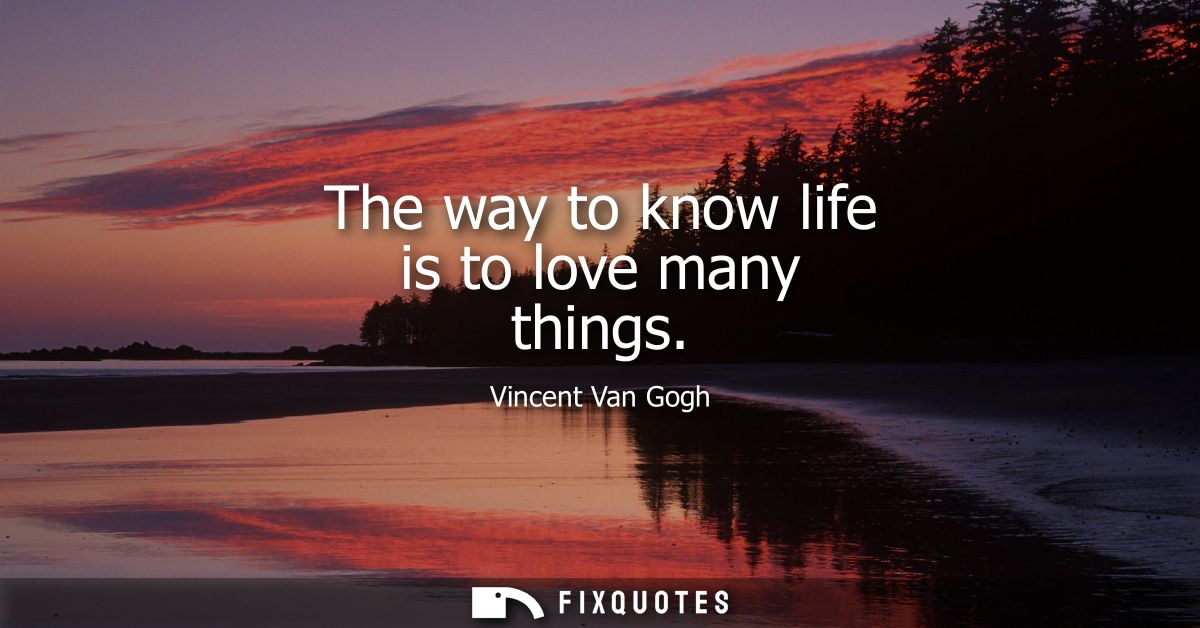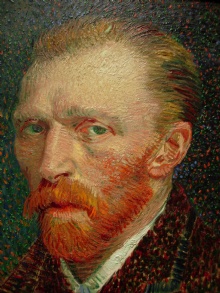"The way to know life is to love many things"
About this Quote
Vincent Van Gogh’s words suggest that the fullness of life is best grasped through an openhearted engagement with the world’s myriad offerings. Life, in its complexity, cannot be entirely understood through study, contemplation, or detachment. Rather, understanding emerges from a willingness to embrace, to immerse oneself in experiences, relationships, pursuits, and passions that stir the soul. To “love many things” is to foster a spirit of curiosity, wonder, and affection, a readiness to recognize beauty, mystery, and meaning in places both familiar and unexpected.
Loving many things does not necessarily mean possessing or mastering them, but rather appreciating and valuing them deeply. Whether it is nature, art, people, ideas, or the small, everyday marvels that so often go unnoticed, an attitude of love opens new dimensions within each experience. This love is not passive or idle; it compels engagement, care, thoughtfulness, and often, creativity. When someone allows themselves to love widely, they become more attuned to the subtleties and intricacies of existence. This attentiveness yields insight into the interconnectedness of all things and nurtures a greater understanding and empathy for both the self and others.
Through the act of loving many things, limitations begin to dissolve. Instead of dwelling solely on what is difficult or missing in life, one continually finds sources of inspiration and meaning. This multitude of affections weaves together a vibrant tapestry of experiences, each contributing to a richer, more nuanced appreciation of living. Van Gogh, known for his intense and passionate engagement with the world around him, exemplified this approach not only in his art but also in his relentless search for meaning and connection. By encouraging a multiplicity of loves, he offers a path not only to knowledge but also to a joy and fulfillment that transcends mere understanding. Through love, life unfolds in its deepest and most authentic form.
More details
About the Author

